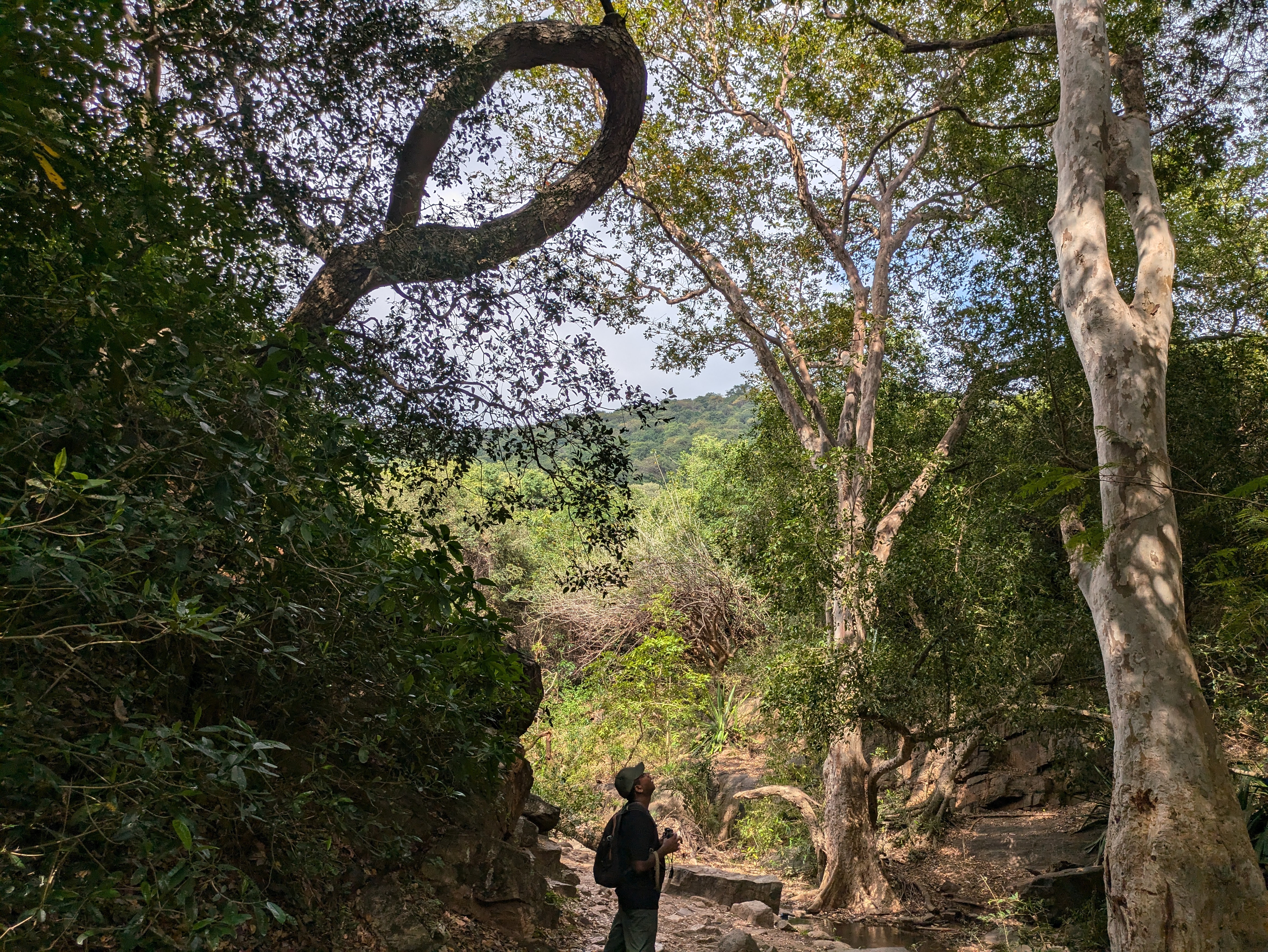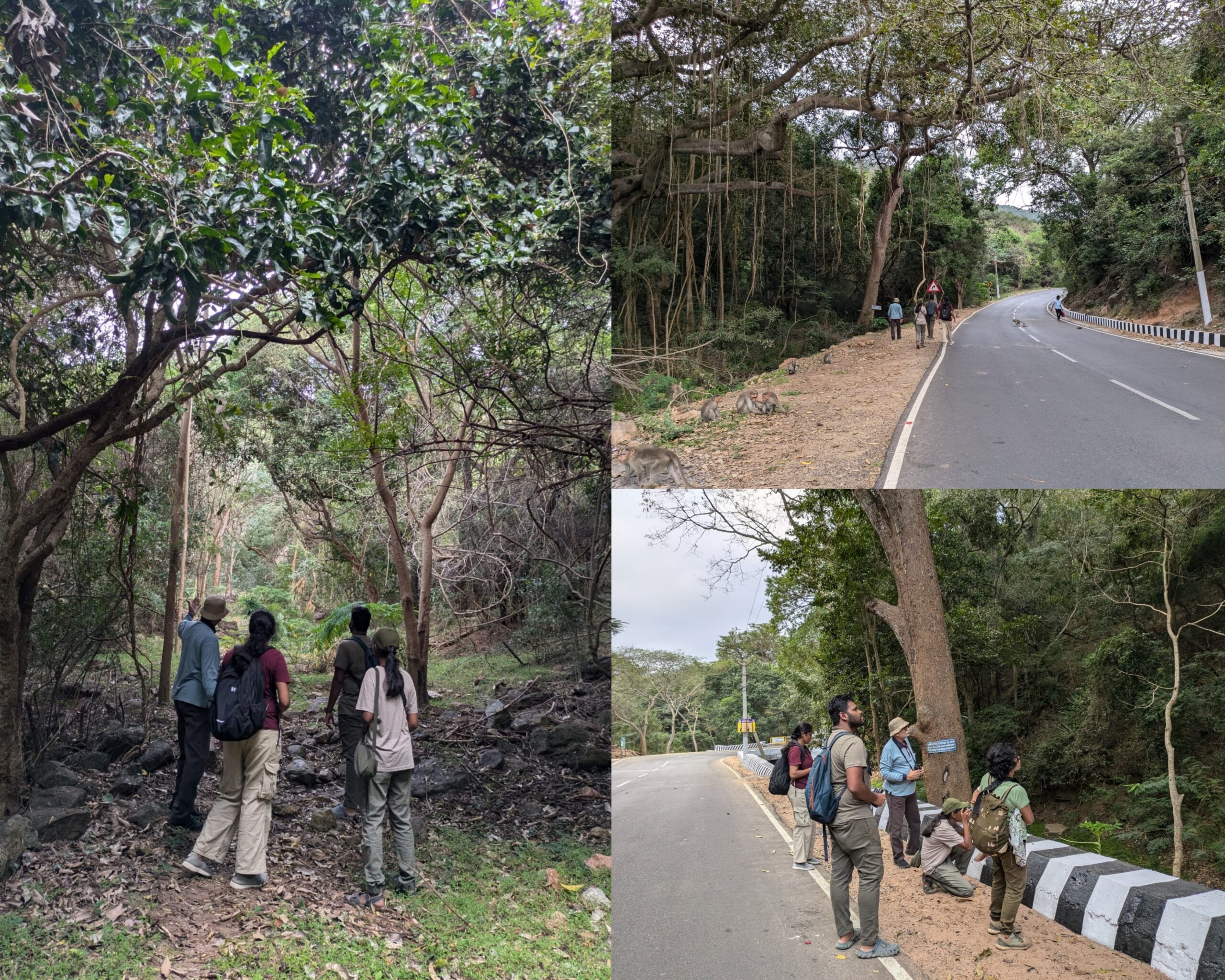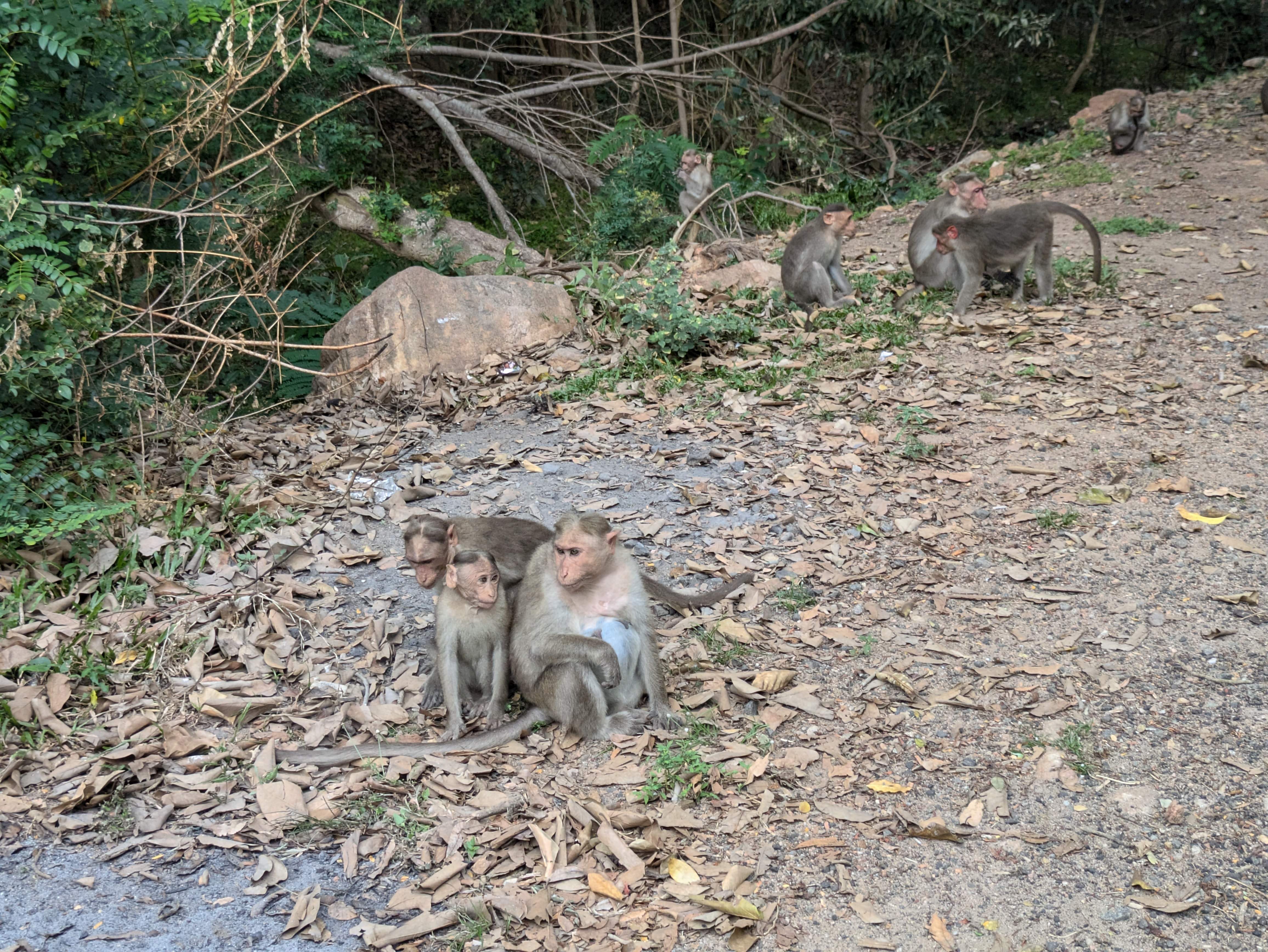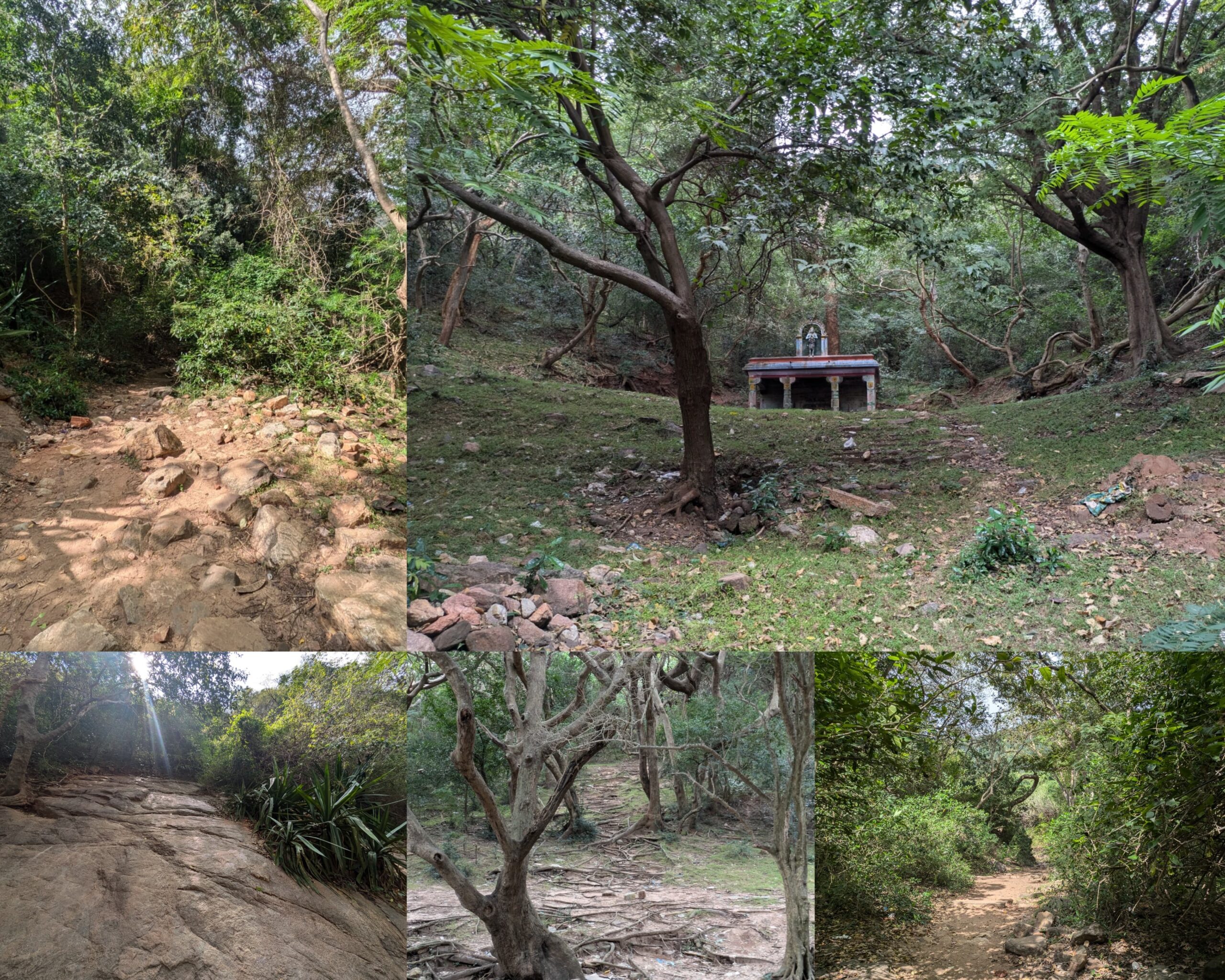
There are some places that are always close by, yet we never seem to find the opportunity to visit them. Alagar Kovil is one such place near Madurai. Despite visiting Madurai numerous times and passing by Alagar Kovil on many occasions, we never managed to explore the area. And by Alagar Kovil, I’m not referring to the temple itself, but rather the reserve forest surrounding it.

Nowadays, many temples around forest areas have become heavily developed, catering to the demands of modern civilization. However, for people like us, this development often feels like a loss for nature. Take Thoranamalai Temple, for example. Once a place you could only reach by climbing natural stairs and rocks, it now has well-paved pathways and speakers installed at every corner. While these changes attract large crowds, they don’t appeal to us. Similarly, Alagar Kovil in the past would have been far more enticing, with no proper roads leading to the top, making it accessible only to those with the fitness and determination to climb the hill. Today, with smooth roads and a ₹50 charge per car, it draws countless visitors and generates significant revenue for the temple.

When I first entered the foothills of Alagar Kovil, my initial impression was that this was yet another temple I should have visited at least 15 years ago, before it became so commercialized. The only reason we got the chance to visit now was because Vinod was invited as a guest speaker at a National conference on Ecosystem restoration at Lady Doak College. The following day, the college had arranged a trip to the temple, giving us the opportunity to finally see the place.

Although we visited Alagar Kovil later in life, our first experience there was unique, as we were granted access to restricted forest trails not open to the general public. This special opportunity arose because we were accompanied by Kishore, who is conducting research on bonnet macaques in the area. As soon as we stepped out of the car, we were greeted by the sight of numerous birds. Our group was a diverse mix of experts from various fields: Kishore, the macaque researcher; Dr. Ravi Chellam, a lion specialist; Ganeshwari, who studies Odonates in the Madurai district; and Vidhya, who is researching moths in the Kanniyakumari district. Vinod was eager to unwind with some leisurely birding after intense work in KNF, while I took the opportunity to introduce the little one to the macaques.

We are slow walkers, taking our time to observe everything around us, and this time, our team moved at the same unhurried pace. We paused every 50 meters—whether to admire a bird, examine a tree, spot fruits hanging from branches, or watch the playful macaques. Along the roadside forest patch, we spotted a variety of birds, including the Blue-capped Rock Thrush, Puff-throated Babbler, Rose-ringed Parakeet, Crested Serpent Eagle, and Asian Brown Flycatcher. There were also numerous Brown-breasted Flycatchers.
As we ventured deeper into the forest path, the surroundings grew denser and quieter. We marveled at the lianas and continued our walk until we reached a small temple at the end of the trail. Unfortunately, the area was littered with trash, a result of previous public use, even though it is now restricted. As always, we couldn’t help but grumble about the trash left in forest areas. We quickly had our breakfast, knowing the macaques might soon join us, attracted by the smell of food.

We headed to another trail, where we found the temple in a similar state of disrepair, surrounded by trash. Since it was the dry season, the area lacked flowers, and there was little butterfly activity. However, the weather was pleasant, so we didn’t sweat much during our walk. We decided to return to the parking lot by taking the forest path used by the public instead of the road. This scenic route was truly beautiful, with water gently trickling through the area, tall trees providing shade, and the waterway creating a serene atmosphere. Despite the tranquility, the absence of butterflies was noticeable, as this place is usually teeming with them during other seasons.

As we walked along the path, we encountered a few elderly ladies singing songs. Hearing them, Kishore recalled an interesting encounter he had with an old lady in the same area some time ago. She was wearing an earring shaped like the Gloriosa superba, our Tamil Nadu state flower. Intrigued, he had asked her about it, and it was fascinating to learn how deeply connected people were to the state flower even 30-40 years ago. We all shared some stories, exchanging anecdotes as we made our way back. It was a short but delightful walk, made even more enjoyable by the company of like-minded individuals. I thoroughly enjoyed the experience, but a day later, the memory of the walk turned into a nightmare—thanks to ticks!